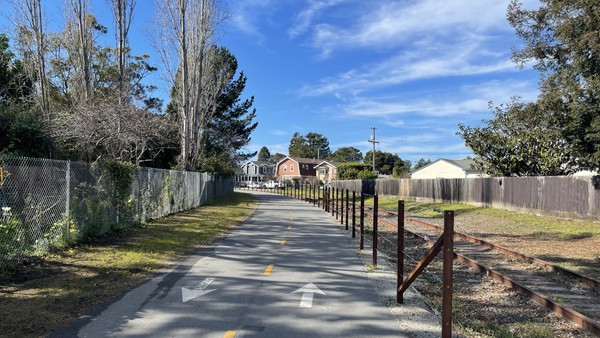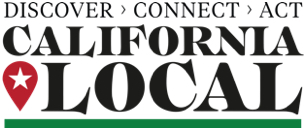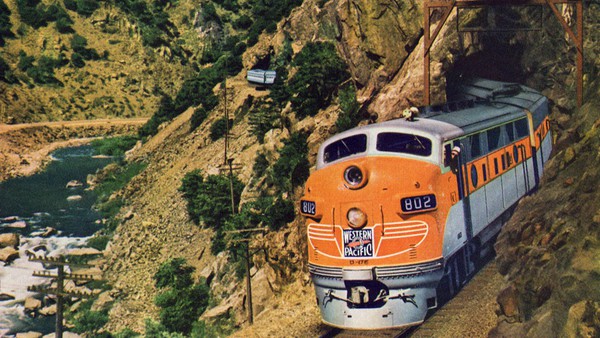Railroads shaped California history. Now, modern technology and politics are shaping the future of rail travel.
It’s no exaggeration to say that modern-day California—its urban landscapes, economy and even its political institutions—were shaped by the railroad era. “Transportation determines the flow of population,” said John D. Spreckels, an early railroad entrepreneur. “Before you can hope to get people to live anywhere...you must first of all show them that they can get there quickly, comfortably and, above all, cheaply.” Spreckels built his rail empire in San Diego, but his counterparts in the San Francisco Bay Area—names such as Huntington, Stanford, Crocker and Hopkins—did their share of determining the flow of population in the 19th century.
In this week’s newsletter, we present three articles that touch on rail transporation in different ways. One looks at the history of transportation in California, from the arrival of the Transcontinental Railroad to the creation of the interstate highway system to the current state of mass transit planning. A second article outlines the stops and starts on the way to a high speed rail system—a journey that has been grinding away for at least 40 years.
Finally, the third rail-related article is something special: an opinion piece written for California Local by Fred Keeley, whose more than two decades in government include serving on the Santa Cruz County Board of Supervisors, in the California Assembly, and as Santa Cruz County’s elected treasurer.
Roadmap to California History
In 1848, there were some 15,000 settlers in the state; by 1852, there were more than 250,000. And all those people needed ways to get around. Below, find a chronicle of how ground transportation changed California’s physical and societal landscape—from railroads to interstate highways to public transit.
Slow Pace on High Speed Rail
On Jan. 6, 2015, Gov. Jerry Brown presided over a ceremony in Fresno to break ground on the first segment of high speed rail track in California, and for that matter, anywhere in the United States. Deadlines for completion have since been pushed back considerably.
Will High Speed Rail Ever Happen in California?

The effort to bring high speed rail to California has been an epic tale of ambition and failure—a story of endless delays and bloated cost overruns. Where does it stand now, and will the state ever see its own bullet trains?
View: Fred Keeley on Measure D-Greenway
Former Santa Cruz County supervisor and state assemblymember Fred Keeley has written a “View” article for California Local to share his opinion on the Greenway Initiative, Measure M, which will appear on the June 7 ballot. He reminds readers that the Santa Cruz County electorate voted in 2016 for new taxes to widen Highway 1 and develop the Santa Cruz Branch Rail Line corridor for intercity rail between Santa Cruz and Watsonville, and he believes the Greenway Initiative will make that goal impossible. “This is not about whether or not we’re going to have a trail in the rail right of way,” Keeley writes. “Everybody is for a trail—the trail is going to be built on that line. It is already being built. What this is about is being fair and keeping promises.”
Fred Keeley: Vote No on Greenway

A June ballot initiative, Measure D, would kill nearly three decades of work to buy and repair a 32-mile existing rail line from Davenport, through Santa Cruz, all the way to Watsonville.


 Railroads shaped California history. Now, modern technology and politics are shaping the future of rail travel.
Railroads shaped California history. Now, modern technology and politics are shaping the future of rail travel.



